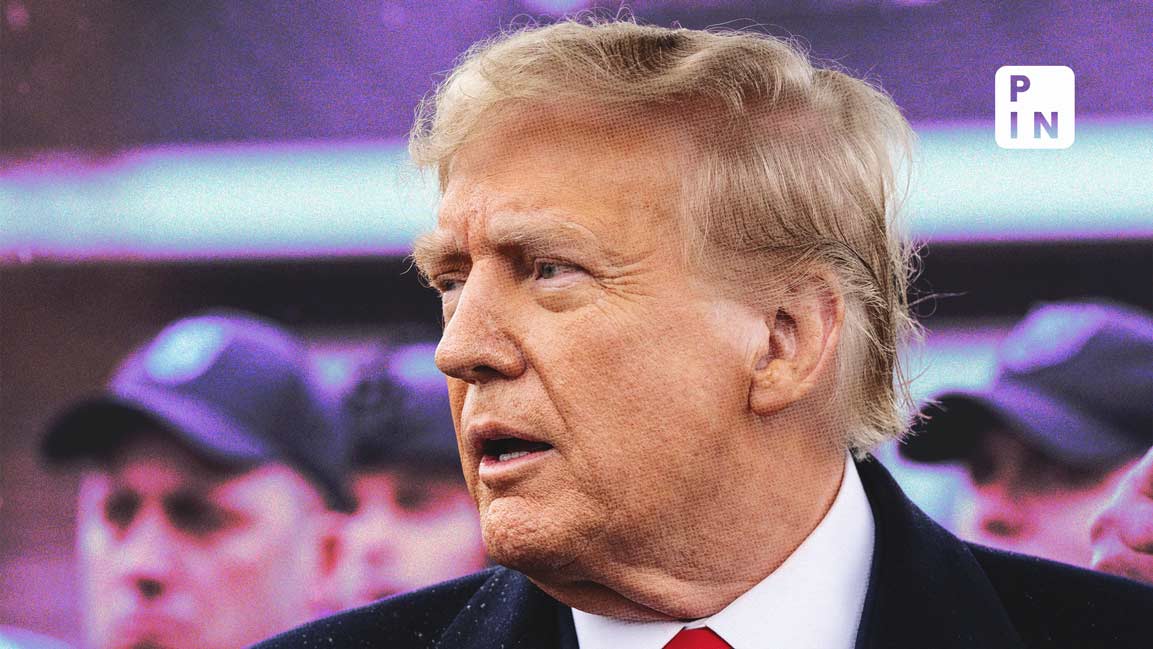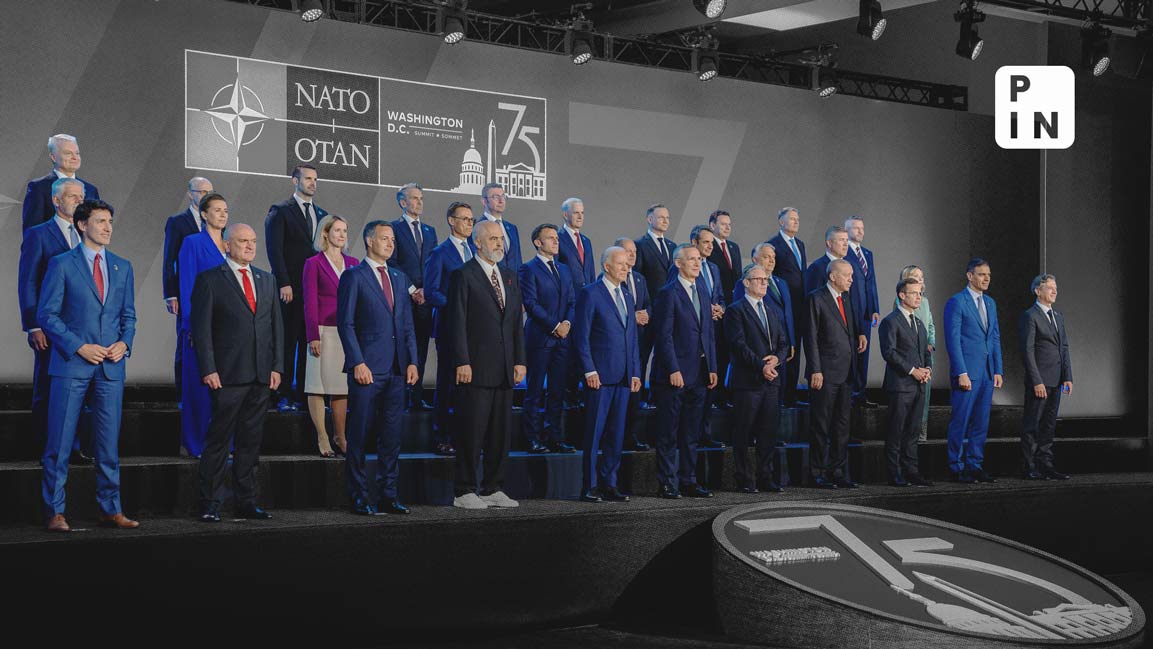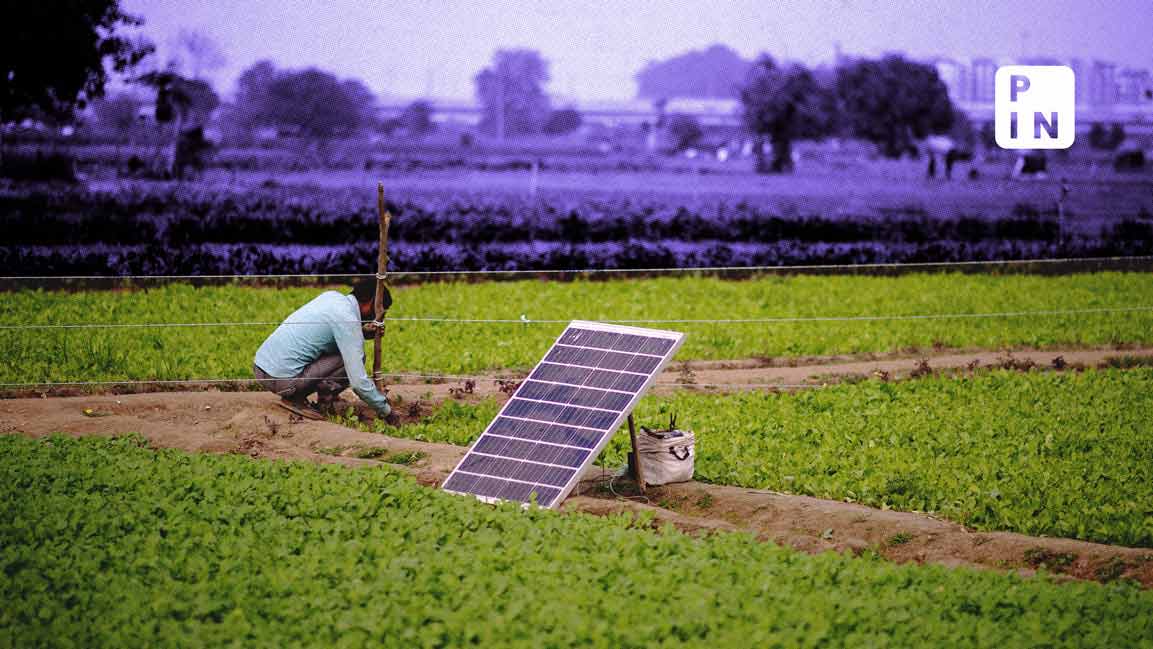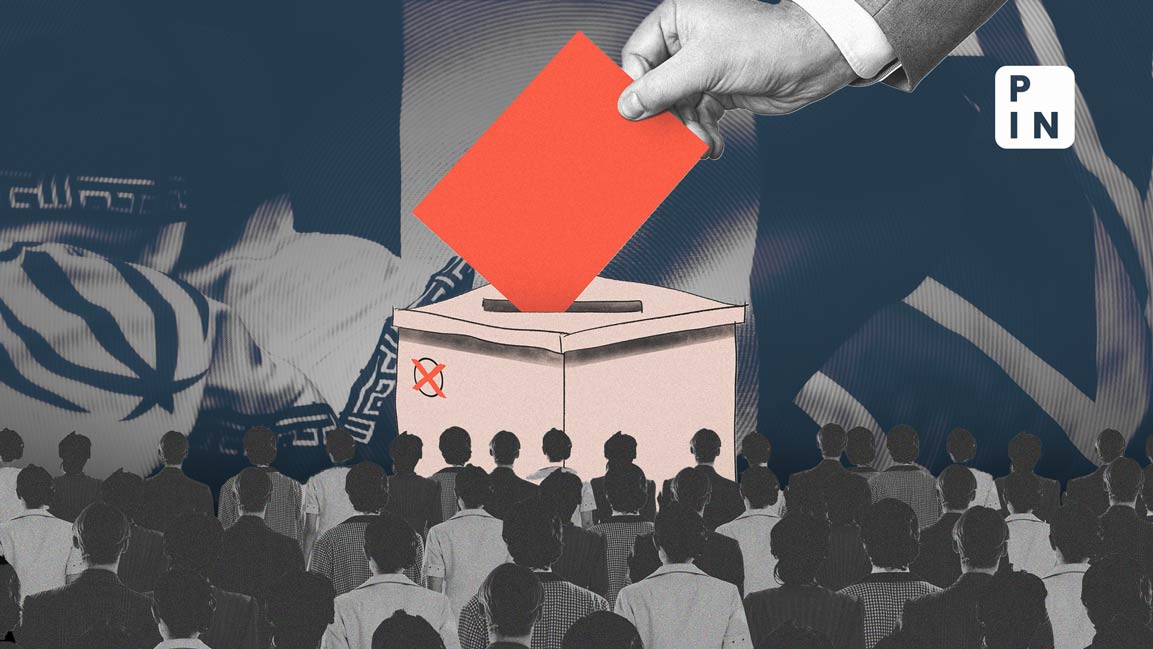- | 9:42 pm
The India-Canada diplomatic crisis is getting worse
India has adopted a confrontational stance towards Canada to force Ottawa to publicly disavow and take action against Khalistani elements on their territory

Those of us who feared that the relations between India and Canada were likely to get worse before they got better have unfortunately been proved right. The ongoing diplomatic standoff hurting the governments and peoples of the two democracies continues with no resolution in sight. The Canadian High Commission in India has been working hard to send out 41 diplomats as demanded by India before the deadline of 10 October 2023.
On 21 September 2023, India suspended visa services for Canadian passport holders. Obviously, such a move will prevent pro-Khalistani Canadian citizens from entering India. However, a blanket ban on visas will also affect tourists and businesspersons, causing a significant loss of revenue to India’s hospitality sector. In 2022 alone, 277,291 tourists arrived from Canada, and with 600 Canadian companies operating in India, the adverse impact of the suspension would be substantial if it remains in force for long.
The Indian diaspora, of course, accounts for a good part of the arrivals from Canada. Imagine a student studying in Montreal wanting to rush to Jalandhar where his grandfather is seriously ill. He would not be allowed to come if he holds a Canadian passport.
The ministry of external affairs cites concerns about the safety of Indian diplomats at the missions as the reason to suspend visas. But the question arises, why suspend e-visas that India continued to issue during the recent Covid-19 pandemic when diplomats were unable to go to the mission? Additionally, the ban on visas by Indian missions in third countries raises further questions.
More severe than the visa suspension is India’s demand to reduce the Canadian mission’s strength, announced on 21 September. The MEA gave ‘parity’ as the reason to seek a downsizing of the Canadian mission as there are 21 Indian diplomats across Ottawa, Vancouver, and Toronto, while Canada had 62 diplomats in India. New Delhi demanded that 41 Canadian diplomats in India be removed by 10 October, effectively declaring them persona non grata post-deadline.
In short, in retaliation for the expulsion of one diplomat by Canada, India wants 42 Canadian diplomats out. The MEA did mention that some unnamed Canadian diplomats were interfering in India’s internal matters. It, however, did not identify them and asked for their removal but instead demanded the expulsion of 41.
Canada realized that Prime Minister Justin Trudeau’s statement in the House of Commons on 18 September 2023 had unintended adverse consequences. After India’s demand for downsizing Canadian diplomatic strength, Ottawa understood that discreet diplomacy would be better than public declarations. The Canadian Foreign Office expressed a willingness to discuss the reduction of diplomatic staff in India. However, India rejected any negotiation on this matter on 5 October, as confirmed by the MEA spokesperson.
While seeking ‘parity’ is not an illegitimate demand, it is apparent that ‘parity’ is often absent, such as between India and Sri Lanka or between India and the United States. The demand for ‘parity’ can be viewed as a hostile act, indicating India’s intention to scale down relations with Canada, a G7 member.
India has adopted such a confrontational stance towards Canada to force Ottawa to publicly disavow and take action against Khalistani elements on their territory. However, expecting a public recantation of allegations on the death of Khalistani activist Hardeep Singh Nijjar is unlikely as it could lead to a collapse of the Trudeau government if the NDP (New Democratic Party) withdraws support. Jagmeet Singh, the leader of the NDP, has publicly embraced the Khalistani cause and claimed to have seen compelling evidence of India’s links to the killing of Nijjar.
Another factor to consider is that Canadian intelligence could potentially manufacture evidence, both electronic and human, linking India to such activities, regardless of whether Indian officials were involved or not. When I was posted there in the 1980s, the Indian intelligence officials were keeping in touch with the Khalistanis as part of their job. I remember telling them that they, as well as the persons they met, were always under the radar of the RCMP (Royal Canadian Mounted Police). Though Canada has highlighted the intelligence inputs from the United States, it does not imply that Canada lacks intelligence inputs, electronic or human.
As of now, it remains unknown whether the two men who shot at and killed Nijjar in June 2023 and those in the getaway vehicle have been apprehended. The RCMP typically does not immediately announce arrests. If they have been captured, the RCMP could potentially force them to sign on the dotted line implicating Indian officials, even if they were not involved. Obviously, those directly responsible for the killing may not be averse to the idea of making a deal with the RCMP if it benefits them, even at the cost of India.
In this context, the role of Washington will be critical. When Indian external affairs minister Dr. Jaishankar met with US national security adviser Jake Sullivan and secretary of state Antony Blinken on 29 September, they both raised the matter and urged India to ‘cooperate.’ Such urging implies US suspicions about India’s involvement, despite New Delhi’s public position that Canada has not shared any evidence.
It must be emphasized that Canada, especially under Prime Minister Justin Trudeau’s leadership since 2015, has been reluctant to fulfill its obligations under the 1961 Vienna Convention on Diplomatic Relations. Additionally, Canada has not adequately addressed the issue of Khalistani activists who have threatened Indian diplomatic missions with violence. Some articles in the Canadian media have called for corrective actions.
It is painfully clear that both Canada and India stand to suffer immensely if the situation does not de-escalate. There was a window of opportunity when Canada sought to discuss the issue of ‘parity’. However, New Delhi chose to dismiss it. It was possible to bring down the heat and noise, and push to the fringe Nijjar killing, focusing instead on normalizing relations.
This unfolding, unscripted tragedy may still take unexpected turns.
The views are personal.













